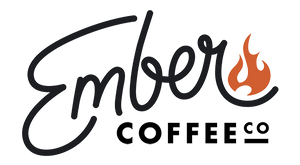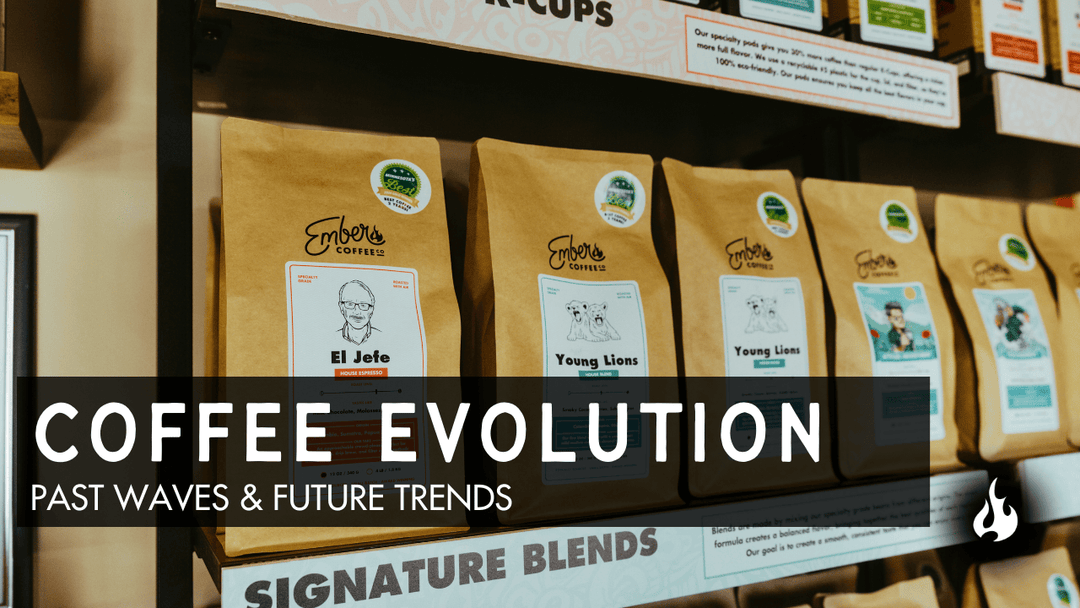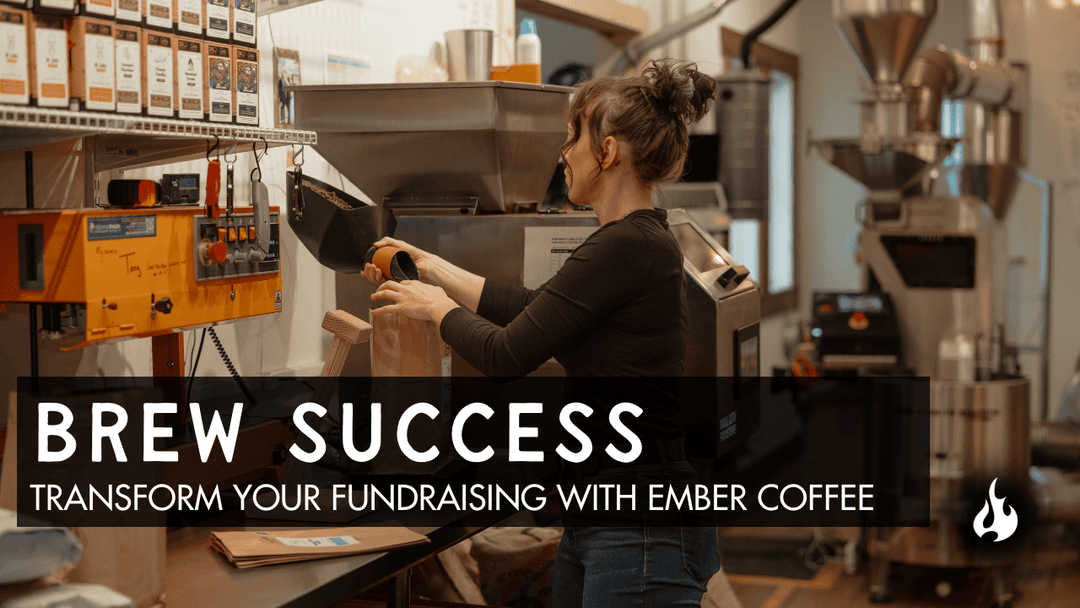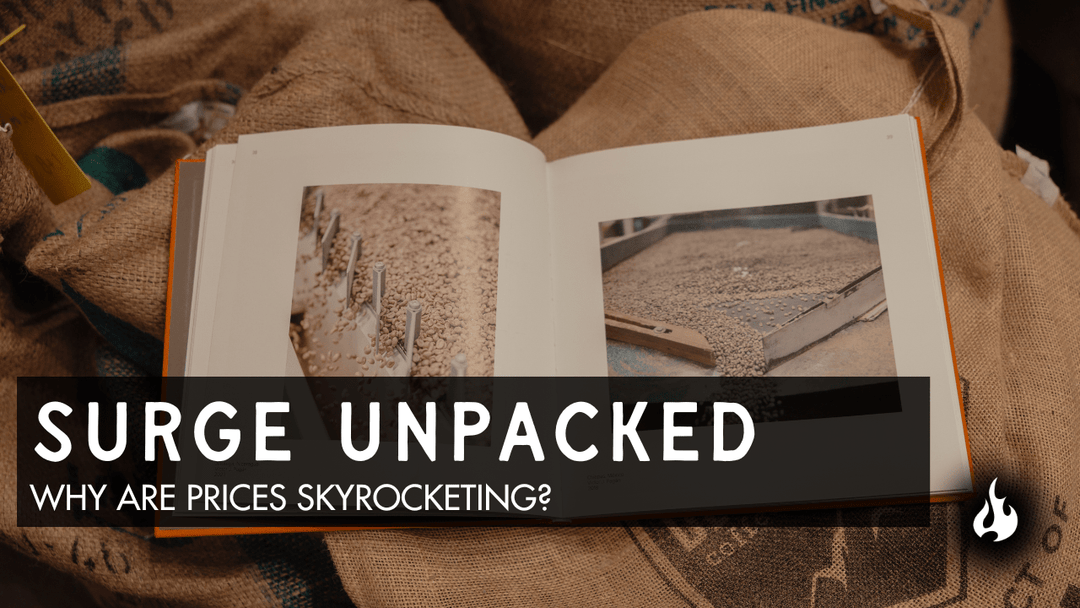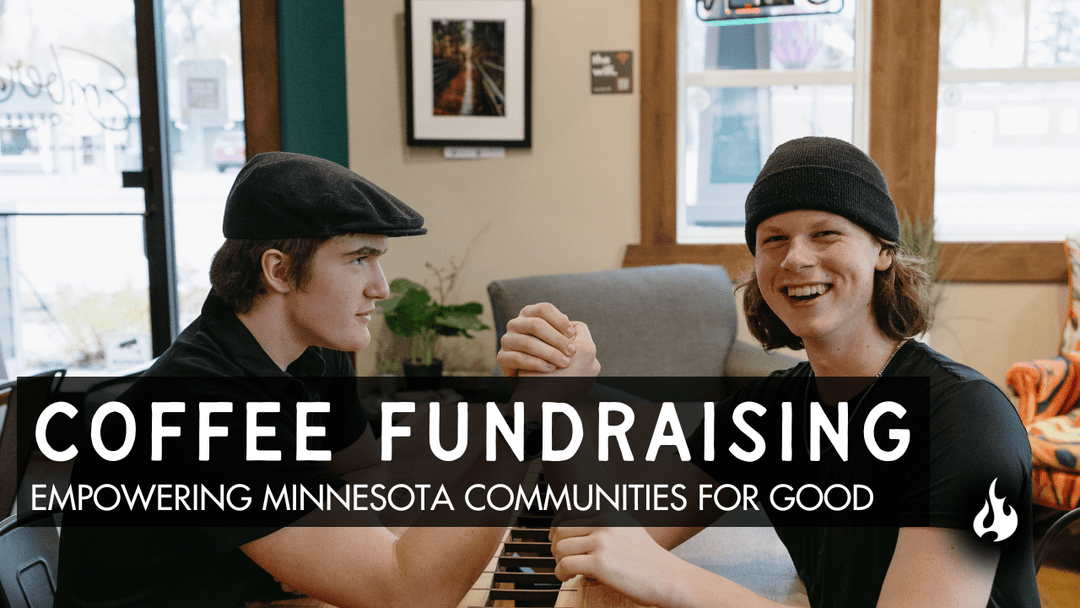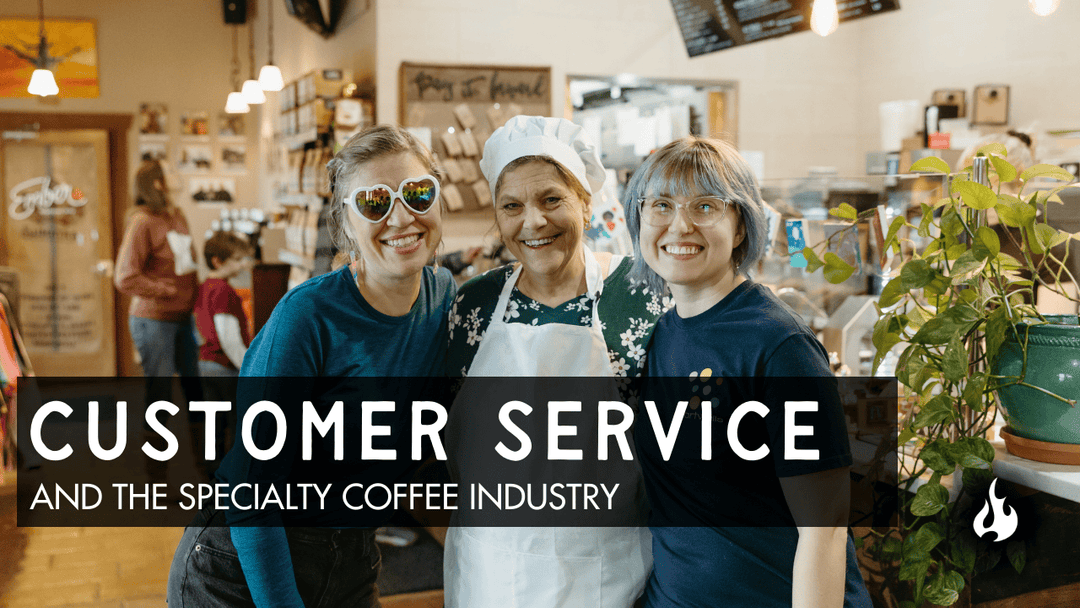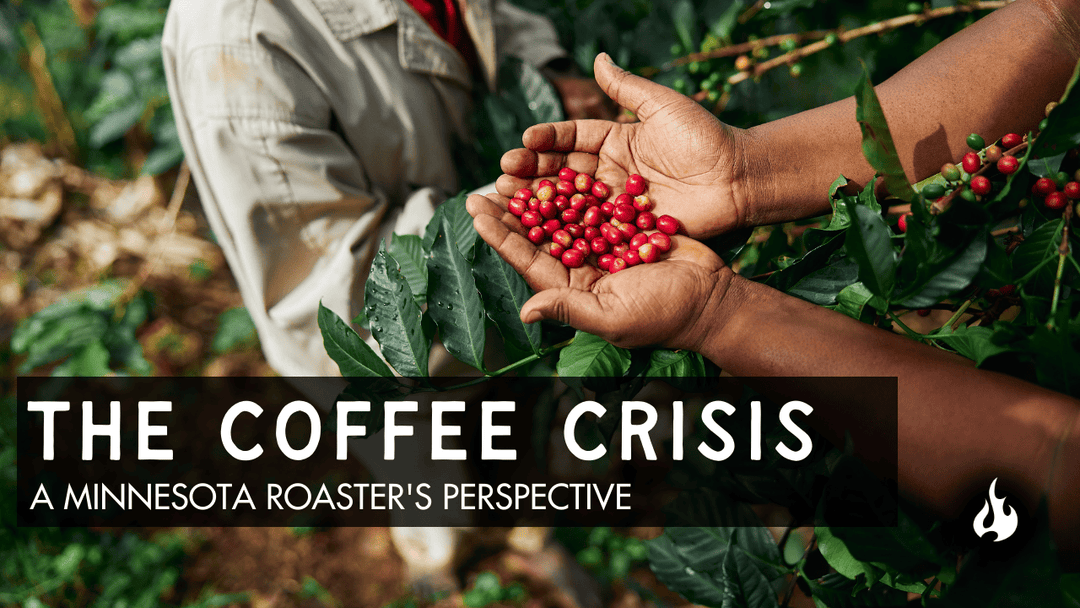The specialty coffee landscape is shifting beneath our feet. For decades, pioneering roasters built their reputations on sourcing premium single-origin beans and paying fair prices to farmers.
But rising costs are forcing even established companies to reconsider their strategies, turning to more affordable coffee options to protect their bottom lines.
This trend has far-reaching implications that extend beyond corporate boardrooms. It affects the quality of coffee in your cup, the livelihoods of farmers around the world, and the future direction of the specialty coffee industry. Understanding these changes can help you make more informed choices about where to spend your coffee dollars and what to expect from your favorite roasters.
The shift represents more than just a business decision—it's reshaping the entire coffee supply chain and challenging the values that built the third-wave coffee movement. When coffee starts getting treated like corn syrup or soybean oil, you don't just lose traceability—you lose culture. Every shortcut in sourcing strips away the human story behind the cup. If we reduce coffee to price-per-pound, we’re dismantling the values the third wave fought to build.

How Third-Wave Coffee Built Its Foundation on Premium Beans
The specialty coffee revolution began with a simple yet powerful concept: single-origin coffees that showcase unique terroir and support transparent relationships with farmers. Pioneering roasters in the early 2000s used this approach to differentiate themselves in a crowded market, emphasizing traceability and quality over convenience and low prices.
Single-origin became more than a marketing term—it represented a commitment to highlighting the distinctive characteristics of coffee from specific regions, estates, or cooperatives. This focus allowed roasters to charge premium prices while building customer loyalty through education about coffee origins and flavor profiles.
The movement evolved further with micro lots—small, exclusive batches of coffee grown and processed separately to preserve their unique characteristics. These ultra-premium offerings command even higher prices due to the additional care required during cultivation, harvesting, and processing.
According to industry data, nearly half of global coffee company launches in 2020 mentioned sustainability values, double the number from 2012. This growth reflected consumer demand for transparency and ethical sourcing, values that became central to many small-batch coffee roasters across the country.
For air-roasted coffee roasters in Minnesota and other specialty coffee companies, micro lots and single-origins became essential offerings. These coffees allowed smaller operations to compete with larger companies by focusing on quality, craftsmanship, and direct relationships with farmers.
Economic Pressures Force Strategic Changes
The coffee industry faced a dramatic shift when green arabica prices surpassed $4.40 per pound in February 2025—the highest levels since the 1970s. This represents more than a 70% increase from just three years prior, creating unprecedented financial pressure across the supply chain.
Several factors contributed to this surge:
- Supply shortages in major producing countries like Brazil and Vietnam
- Climate change impacts affecting crop yields and quality
- Rising fertilizer and labor costs increasing production expenses
- US tariff policies adding additional cost burdens
Unlike typical coffee price volatility characterized by dramatic peaks and valleys, current prices have remained consistently elevated. This sustained high-price environment has forced roasters to adapt their strategies rather than waiting for traditional market corrections.
For specialty roasters—particularly those built around premium offerings—these price levels directly impact profitability. Let’s be clear—coffee’s only real value is its flavor. That’s the experience people come back for, and it’s what connects them to origin. When roasters compromise flavor to protect margins, they’re gambling with the very reason their customers show up. When green coffee costs exceed $2 per pound, many roasters express concern about maintaining margins without significantly raising consumer prices.
The situation creates a challenging dilemma: absorb the increased costs and sacrifice profitability, or pass them along to customers who may already feel they're paying premium prices to support ethical sourcing.
The Strategic Shift to Cost-Effective Sourcing
Faced with sustained high prices, larger roasters have implemented several strategies to maintain profitability while minimizing consumer price increases:
Sourcing from Affordable Yet Quality Origins
Brazil has emerged as a go-to source for coffee that balances quality with cost-effectiveness. The country's large-scale production capabilities and established infrastructure allow roasters to source consistent, flavorful coffee at more manageable price points.
Other traditionally more affordable origins are also seeing increased demand as roasters diversify their sourcing to include lower-cost options alongside their premium offerings.
Strategic Blending for Cost Management
Blending has become a crucial tool for managing costs while maintaining flavor consistency. By combining coffees from different origins and price points, roasters can:
- Create consistent flavor profiles despite price fluctuations
- Maintain quality standards while reducing overall costs
- Offer familiar taste experiences that customers expect
Matt Berry, Head Roaster and Owner at Ember Coffee explains: “Blending should be a strategic tool, not a smokescreen. When we blend to elevate flavor, we’re respecting the craft. But when we blend to bury defects or pad the margin, we’re just fooling people—and not for long.”
Shawn Hamilton from Klatch Coffee explains: "Bigger roasters are buying cheaper coffee in general. They need larger quantities of consistent-tasting coffees, and when you require these kinds of volumes, you somewhat have to settle on quality to achieve consistency."
Launching Affordable Sister Brands
Some companies have introduced secondary brands targeting price-conscious consumers. Madcap Coffee's "Dito" exemplifies this approach, marketed as "a creative way to reach a broader audience" with aesthetic packaging and accessible price points while preserving the premium position of the main brand.

What This Means for Coffee Lovers
The industry-wide shift toward more affordable sourcing creates both opportunities and challenges for consumers:
Potential Benefits
More stable pricing: Roasters can manage margins without dramatic price increases, translating to smaller consumer price hikes.
Maintained accessibility: Coffee remains affordable for broader audiences, potentially growing overall market participation.
Innovation in blending: Roasters develop new skills in creating consistent, enjoyable blends from diverse sources.
Potential Drawbacks
Quality concerns: The trade-off between price and quality can be difficult to balance, potentially leading to diminished coffee experiences.
Reduced transparency: Complex blending strategies may make it harder for consumers to understand what they're purchasing.
Impact on farmer relationships: Long-term partnerships with premium producers may suffer as roasters shift purchasing patterns.
Hamilton warns about the broader implications: "If their coffee is now diminishing in quality, that can leave a bad taste in people's mouths. This could eventually lead to people switching from coffee to other beverages and decreasing consumption across the entire industry."
Matt Berry says: “Customers may not always articulate why their favorite coffee feels different—but they know. Quality slips, and something stops clicking. Cost-cutting isn’t just an internal decision—it’s a sensory one, and it shows up in the cup.”
Supporting Quality Through Transparency
The most successful roasters navigating this challenging environment prioritize transparent communication with customers. Rather than quietly reformulating blends or switching origins, they explain the steps taken to minimize price increases while maintaining quality standards.
This transparency helps preserve consumer trust and loyalty during a period of significant industry change. Customers who understand the economic pressures facing their favorite roasters are more likely to remain supportive during necessary adjustments.
Small-batch coffee roasters in Minnesota and other regions have an advantage in this environment. Their closer relationships with customers allow for more direct communication about sourcing decisions and quality commitments.
For air-roasted coffee enthusiasts specifically, the unique roasting method's ability to highlight coffee characteristics becomes even more valuable when working with cost-effective beans. The gentle, clean roasting process can help extract the best qualities from more affordable origins.
The Path Forward for Specialty Coffee
While current market conditions force difficult decisions, the most resilient coffee companies will be those that maintain their core values while adapting to economic realities. This means:
Prioritizing Relationships
Mutually beneficial partnerships between roasters and producers create stability in volatile markets. When both parties understand each other's challenges, they can develop solutions that preserve business viability while maintaining quality commitments.
Investing in Quality Systems
Roasters who invest in efficient practices, quality control systems, and value-added strategies position themselves to thrive long-term, regardless of green coffee price fluctuations.
Educating Consumers
Transparent communication about sourcing decisions, quality standards, and pricing helps customers make informed choices and maintains trust during challenging periods.
Finding the Best Coffee in Minnesota Amid Industry Changes
For coffee enthusiasts seeking quality during this period of industry adjustment, supporting local roasters offers several advantages. Minnesota's best coffee often comes from smaller operations that maintain closer relationships with both their suppliers and customers.
Local roasters can provide:
- Direct communication about sourcing decisions and quality commitments
- Flexibility in adjusting offerings based on seasonal availability and pricing
- Transparency about the origins and characteristics of their coffee
- Consistency in quality standards despite market pressures
Small-batch operations using specialized techniques like air roasting can often extract exceptional flavors from a variety of beans, making them well-positioned to navigate the current market while maintaining quality standards.

What You Can Do as a Coffee Consumer
The current industry transformation creates opportunities for conscious coffee consumption:
Ask questions about sourcing practices and quality commitments when visiting your local roaster. Most specialty coffee professionals are passionate about sharing their knowledge and approach.
Try new offerings with an open mind. Skillfully crafted blends and coffees from less traditional origins can offer surprising and delightful experiences.
Support transparency by choosing roasters who clearly communicate their sourcing practices and quality standards.
Consider value beyond price. The cheapest option may not provide the best overall experience, while the most expensive doesn't guarantee quality.
Brewing Through Change
The specialty coffee industry's response to sustained high green coffee prices reflects both the challenges and resilience that define this dynamic market. While larger roasters adapt their strategies to maintain profitability, smaller operations have opportunities to differentiate themselves through quality, transparency, and customer relationships.
For coffee lovers, this period of change offers chances to discover new flavors, support local businesses, and engage more deeply with the coffee community. The roasters who thrive will be those that balance economic necessities with their commitment to quality and ethical practices.
The future of specialty coffee doesn't depend solely on premium single-origins and micro lots—it rests on the relationships between roasters, farmers, and consumers who value quality, transparency, and sustainability. By supporting roasters who maintain these values during challenging times, you help shape a more resilient and equitable coffee industry.
Ready to explore exceptional coffee that maintains quality standards regardless of market pressures? Try our coffee and experience the difference that careful sourcing, expert roasting, and transparent practices make in every cup.
